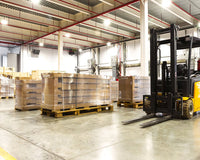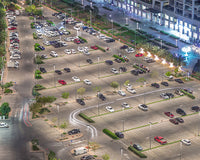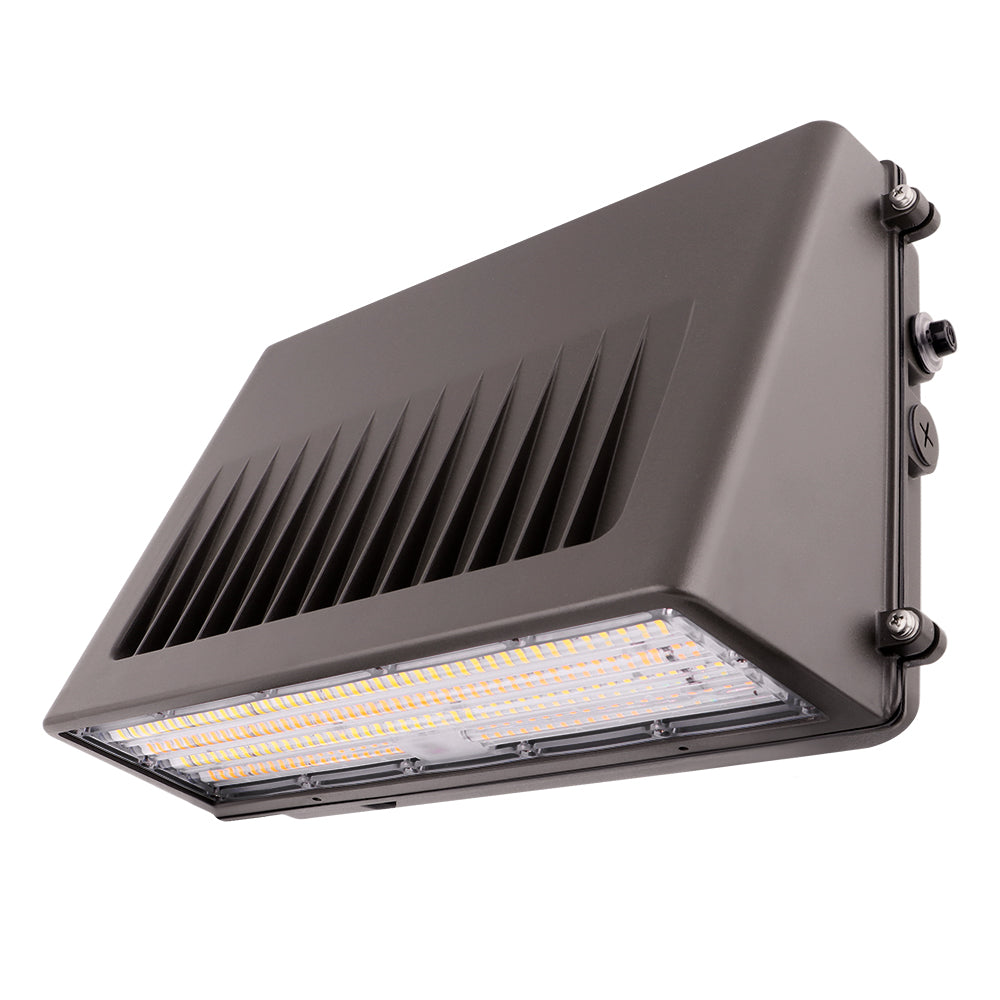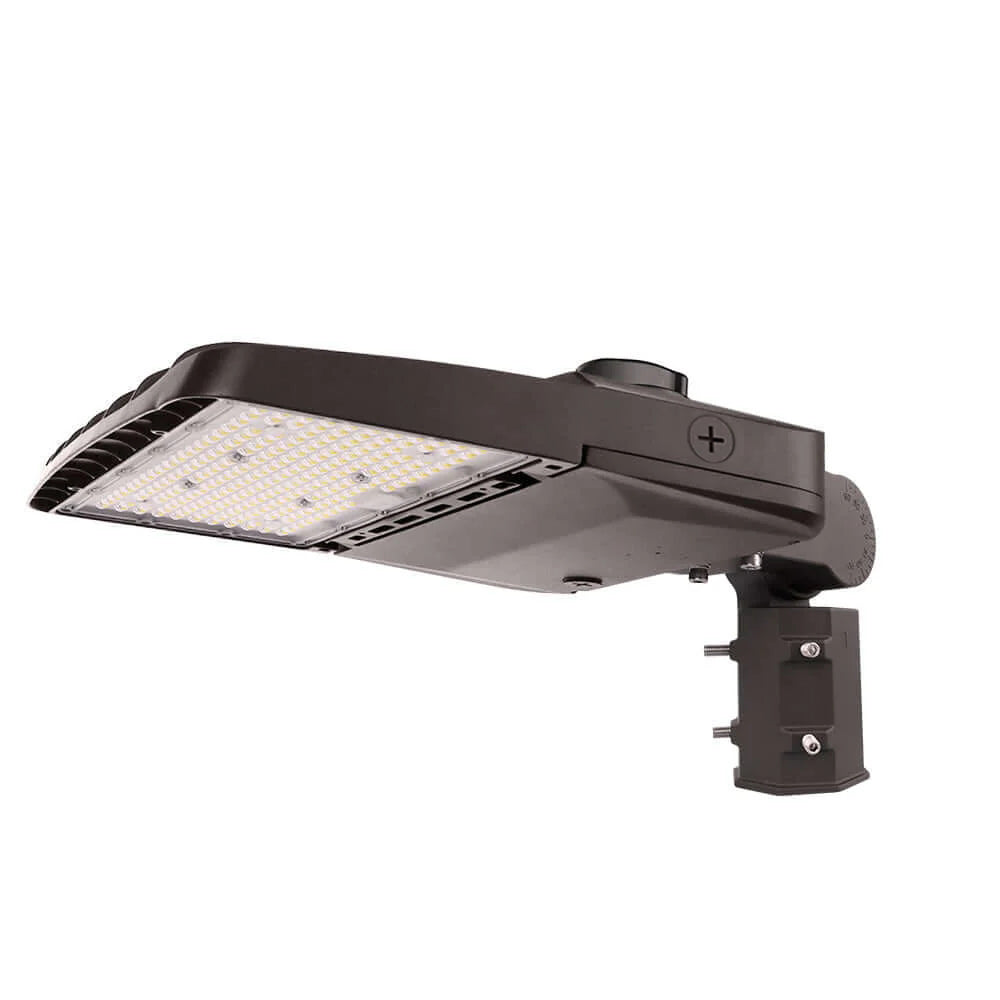When was the last time you checked your lights – not just if they turned on, but really checked them? Lighting maintenance often gets overlooked until a fixture burns out at the worst possible moment. Whether you're managing an office, a warehouse, or even your own home, keeping your lighting in top shape is essential for efficiency, safety, and cost savings.
Proper commercial and industrial lighting maintenance ensures that workspaces stay well-lit and productive – and prevents hazards in high-risk environments like warehouses and manufacturing facilities. While LED lighting maintenance is minimal compared to traditional bulbs, there are still some things you need to do to maximize energy efficiency and lifespan.
Let's talk about why maintenance matters, provide a lighting inspection checklist to help you stay on track, and cover the best ways to keep your lighting reliable and long-lasting.
Why Regular Lighting Maintenance Matters
Lighting isn't something you can set and forget. Over time, dust, debris, electrical wear, and simple aging can take their toll on your fixtures. Without routine lighting maintenance, you risk safety hazards, higher energy bills, and unexpected downtime.
Here's why keeping up with maintenance is a smart move:
-
Prevents Hazards: Poor lighting can cause accidents, from tripping in a dim hallway to workplace injuries in a factory. Faulty wiring or overheating fixtures can even pose a fire risk.
-
Ensures Consistent Brightness: Flickering lights and dim bulbs strain the eyes and create an unprofessional or even unsafe environment. Routine checks keep everything shining as it should.
-
Reduces Long-Term Costs: A little maintenance now saves a lot later. Regular upkeep prevents early fixture replacements and avoids expensive emergency repairs.
Lighting Inspection Checklist
Staying on top of lighting maintenance doesn't have to be complicated. A simple routine check can help catch minor issues before they become costly. Use this lighting inspection checklist to keep your fixtures in top condition:
-
Check for Burned-Out Bulbs: Regularly inspect all lights and replace any that are dimming or flickering.
-
Inspect Wiring and Connections: Loose or damaged wiring can lead to power fluctuations or even fire hazards. Pay special attention to high-usage areas where wear and tear is more common.
-
Clean Lenses and Fixtures: Dirt and dust buildup can reduce brightness and efficiency. Wipe down lights and remove debris to maintain optimal performance.
-
Ensure Proper Fixture Alignment: Over time, outdoor and industrial lights can shift due to vibrations or weather. Make sure they're positioned correctly for maximum coverage.
-
Test Emergency Lighting and Backup Systems: In commercial and industrial spaces, emergency lights and exit signs must always be operational. Test them regularly to ensure they'll work when needed.
Commercial vs. Industrial Lighting Maintenance
Not all lighting maintenance is the same. The needs of a retail store or office building are very different from those of a warehouse or manufacturing plant.
Commercial Lighting Maintenance
For businesses like offices, retail stores, and hospitality venues, lighting impacts both functionality and aesthetics. Here's what matters most:
-
Routine Bulb & Fixture Inspections: Well-lit spaces create a welcoming environment for employees and customers. Regular checks prevent dim or flickering lights from ruining the ambiance.
-
Interior & Exterior Maintenance: Don't forget about outdoor lighting. Parking lots, signage, and entryways should always be well-lit for safety and visibility.
Industrial Lighting Maintenance
Warehouses, factories, and outdoor workspaces have more demanding lighting requirements. Key considerations include:
-
Durability & Protection: Industrial lights are often exposed to dust, moisture, and extreme temperatures. Regular inspections ensure they can withstand harsh conditions.
-
Frequent Safety Checks: Poor lighting in an industrial setting increases the risk of accidents. Routine inspections prevent failures that could lead to workplace injuries.
LED Lighting Maintenance Best Practices
One of the top advantages of LED lighting is its longevity – LEDs can last years longer than traditional bulbs. But that doesn't mean they're maintenance-free. To keep them performing at their best, LED lighting maintenance should be part of your regular upkeep routine.
Here's how to extend the life and efficiency of your LEDs:
-
Inspect LED Drivers & Connections: The driver is the heart of an LED fixture. If it malfunctions, the light may flicker or fail completely. Regularly check connections, ensure proper ventilation, and replace faulty drivers as needed.
-
Keep Fixtures Clean: Dust and dirt can accumulate on LED panels and reduce light output. Wipe down lenses and housings periodically to maintain brightness.
-
Monitor Heat Dissipation: LEDs generate less heat than traditional bulbs but still need proper ventilation. To prevent overheating, ensure heat sinks and cooling mechanisms aren't blocked.
-
Test Backup Power Sources: Most commercial and industrial facilities use LED emergency lighting. Test battery backups and power sources regularly to ensure reliability.
Common Lighting Issues & Solutions
Even with regular maintenance, occasional issues can still pop up. The key is to catch them early before they cause bigger problems. Here are some of the most common lighting issues and how to fix them:
Flickering Lights
Possible causes for flickering lights are loose wiring, faulty drivers, or power fluctuations.
Solution: Check connections and tighten any loose wires. If flickering persists, seek out professional help.
Failed Ballasts (For Non-LED Fixtures)
Ballasts regulate current in fluorescent and HID fixtures and degrade over time.
Solution: Replace worn-out ballasts or, better yet, switch to LED lighting to eliminate ballast-related issues altogether.
Dim or Uneven Lighting
Dirty lenses, aging lights, or improper fixture placement may cause dim or uneven lighting.
Solution: Clean lenses regularly and replace aging bulbs. If some areas are darker than others, reposition or add fixtures to ensure even lighting coverage.
Overheating Fixtures
Possible causes include poor ventilation, excessive dirt buildup, or malfunctioning heat sinks in LED fixtures.
Solution: Ensure fixtures have proper airflow, clean them regularly, and check heat dissipation components to prevent overheating.
Power Surges & Electrical Issues
Fluctuations in power supply or damaged wiring may be the culprit here.
Solution: Use surge protectors for sensitive lighting systems and schedule periodic electrical inspections to prevent system failures.
Take Control of Your Lighting Maintenance Today
Waiting until a light burns out or a fixture fails can be costly and even dangerous. By staying proactive with lighting maintenance, you can ensure your space remains safe, efficient, and well-lit year-round. Need help upgrading or maintaining your lighting system? Explore our high-quality, energy-efficient LED solutions at Revolve LED. Invest in better lighting today – your future self (and your energy bill) will thank you!










